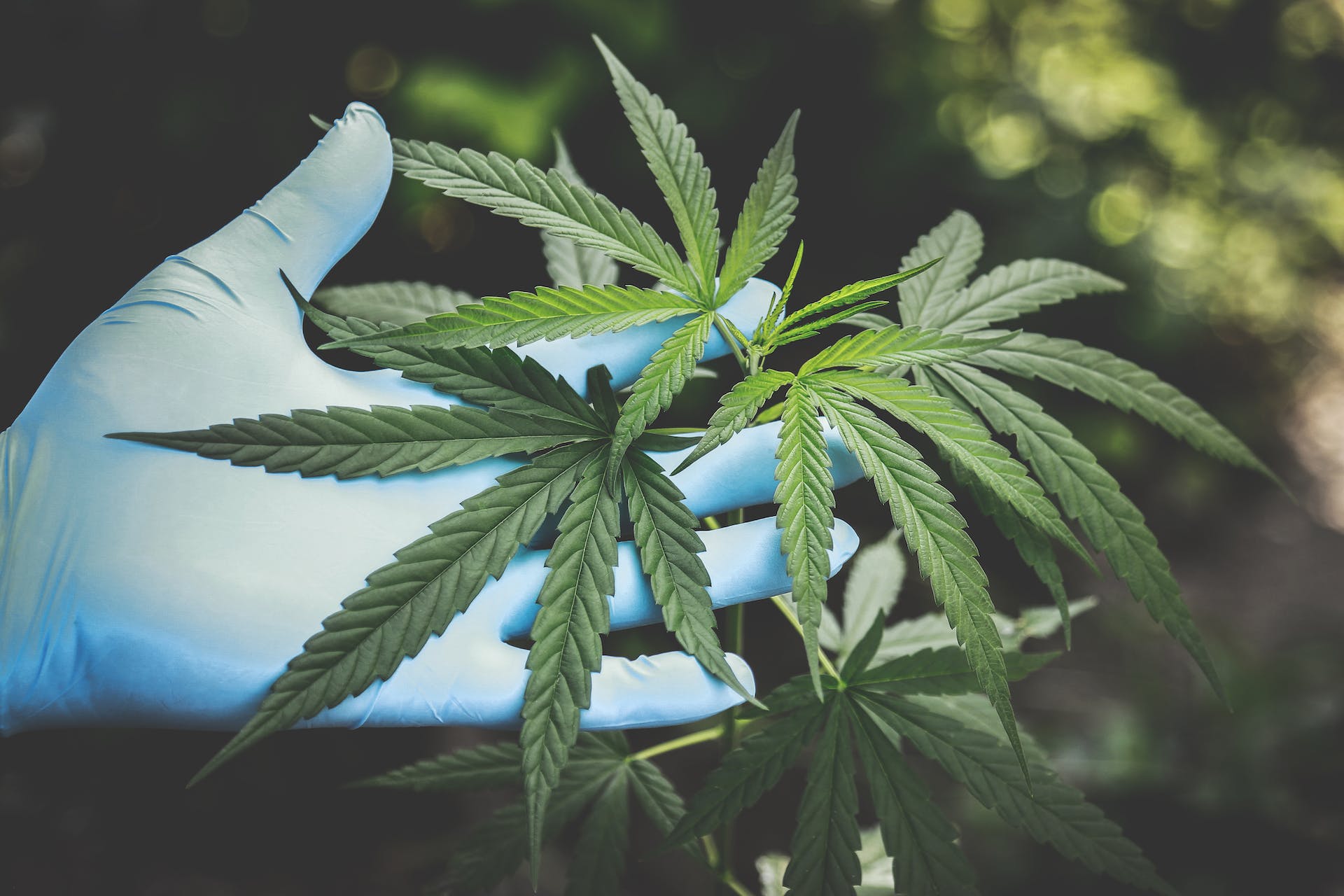
When it comes to cannabis, two primary types stand out: Sativa and Indica. These varieties, well-known for their distinct effects and growth patterns, have long been the subject of intrigue and discussion among people.
Understanding the differences between Sativa and Indica is crucial for anyone looking to explore cannabis for recreational or medicinal purposes. In this blog, we will shed light on their unique traits, how they can affect you so that you know next time which one to pick.
The Basics: Sativa and Indica
Sativa
Sativa plants are typically tall and thin with narrow leaves. They flourish in warmer climates with longer growing seasons, such as those found near the equator. These plants can reach heights of up to 20 feet when grown outdoors.
Effects and Benefits
Sativa strains are often associated with an energizing and uplifting effect. They are known to stimulate creativity and focus, making them a popular choice for daytime use. Some common benefits of Sativa strains include:
- The energetic effects of Sativa can be attributed to its higher THC content and specific terpene profiles that stimulate brain activity.
- As a result of the high THC levels in Sativa strains, it releases dopamine, a neurotransmitter associated with pleasure and reward.
- It improves focus and creativity. Sativa strains are also known for their cerebral high, making them a popular choice for activities that require mental stimulation.
- Sativa is often used to alleviate symptoms of depression, fatigue, and ADHD due to its stimulating properties
Indica
Indica plants, on the other hand, are short and bushy with wide leaves. They are well-suited for cooler climates and shorter growing seasons. Indica plants usually grow between 3 to 6 feet tall, making them easier to cultivate indoors.
Effects and Benefits
Indica strains are known for their relaxing and sedative effects. They are often used in the evening or before bedtime to promote relaxation and sleep. Some common benefits of Indica strains include:
- The relaxation induced by Indica strains not only affects the mind but also the body, helping to alleviate muscle tension and promote a state of tranquility.
- Indica strains are often used for their potent analgesic (pain-relieving) properties. This makes them particularly useful for individuals suffering from chronic pain conditions such as arthritis, fibromyalgia, and migraines.
- The sedative effects of Indica strains help to calm the mind and prepare the body for sleep.
- It has calming effects that further relaxes the mind and reduces feelings of worry or panic. This is particularly beneficial for individuals dealing with high levels of stress or anxiety disorders.
Understanding the Differences
While both Sativa and Indica come from the Cannabis sativa plant, their effects on the body and mind are notably different. Here are some key distinctions to help you understand how each type might impact you:
Physical Characteristics- Sativa: Tall, thin plants with narrow leaves. Grow well in warmer climates.
-
Indica: Short, bushy plants with wide leaves. Adapt to cooler climates.
Effects
- Sativa: Energizing, uplifting, and cerebral. Great for daytime use.
- Indica: Relaxing, sedative, and body-focused. Ideal for evening use.
Medicinal Uses
- Sativa: Often used to treat conditions like depression, ADHD, and chronic fatigue.
- Indica: Commonly used for pain relief, anxiety, and sleep disorders.
How to Choose the Right Strain for Yourself?
When selecting between Sativa and Indica, consider the following factors:
Purpose- Recreational: If you're looking for a strain to enhance your social experience or boost creativity, Sativa might be the right choice. For a more relaxed, chill experience, Indica is preferable.
- Medicinal: Your specific health needs will determine the best strain. For instance, if you need pain relief or help with insomnia, Indica is a good option. For managing depression or increasing focus, Sativa is beneficial.
- Daytime: Sativa strains are typically better for daytime use due to their energizing effects.
- Nighttime: Indica strains are suitable for evening use, helping you unwind and sleep better.
- New Users: Beginners might find Indica strains easier to handle due to their calming effects.
- Experienced Users: Those with more experience might enjoy the stimulating effects of Sativa.
Hybrid Strains: The Best of Both Worlds
In addition to pure Sativa and Indica strains, there are also hybrid strains. These strains combine characteristics from both types, offering a balanced experience.
Sativa-Dominant Hybrids
These strains primarily exhibit the characteristics of Sativa, offering an uplifting and energizing experience with a touch of Indica's relaxing effects. They are suitable for those who seek creativity and focus but want to avoid excessive stimulation.
Indica-Dominant Hybrids
Indica-dominant hybrids tend to provide relaxation and pain relief, with a hint of Sativa's uplifting qualities. These are ideal for evening use, helping with sleep and unwinding after a long day.
Balanced Hybrids
Balanced hybrids offer a mix of Sativa and Indica effects, providing both mental stimulation and physical relaxation. They are versatile and can be used throughout the day, depending on the specific strain's properties.
Understanding the differences between Sativa and Indica is crucial for anyone interested in cannabis. While Sativa strains are known for their energizing and cerebral effects, Indica strains are prized for their relaxing and sedative properties.
The chemical composition, including THC and CBD levels, as well as terpenes, play significant roles in determining the effects of each strain.
Check out Higher Quality Seed Corp to buy the best quality cannabis strain.
FAQs
How is marijuana used?
Marijuana can be used in several ways, including smoking, vaping, consuming edibles, applying topicals, and using tinctures.
What are the health risks of using marijuana?Health risks of using marijuana include respiratory issues (when smoked), impaired memory and cognitive function, dependency, mental health issues like anxiety and paranoia, and increased heart rate.
What does an overdose on marijuana look like?An overdose on marijuana, often referred to as "greening out," can include symptoms like severe anxiety, paranoia, hallucinations, nausea, vomiting, dizziness, and an increased heart rate. While not typically life-threatening, it can be very uncomfortable.
What factors affect the reaction to marijuana, in terms of how severe and how long it lasts?Factors affecting the reaction to marijuana include the strain and potency, method of consumption, individual tolerance, body weight, metabolism, and the presence of other substances in the system.
Also Read :- The Future of Cannabis: Predicting the Timeline for Federal Marijuana Legalization





